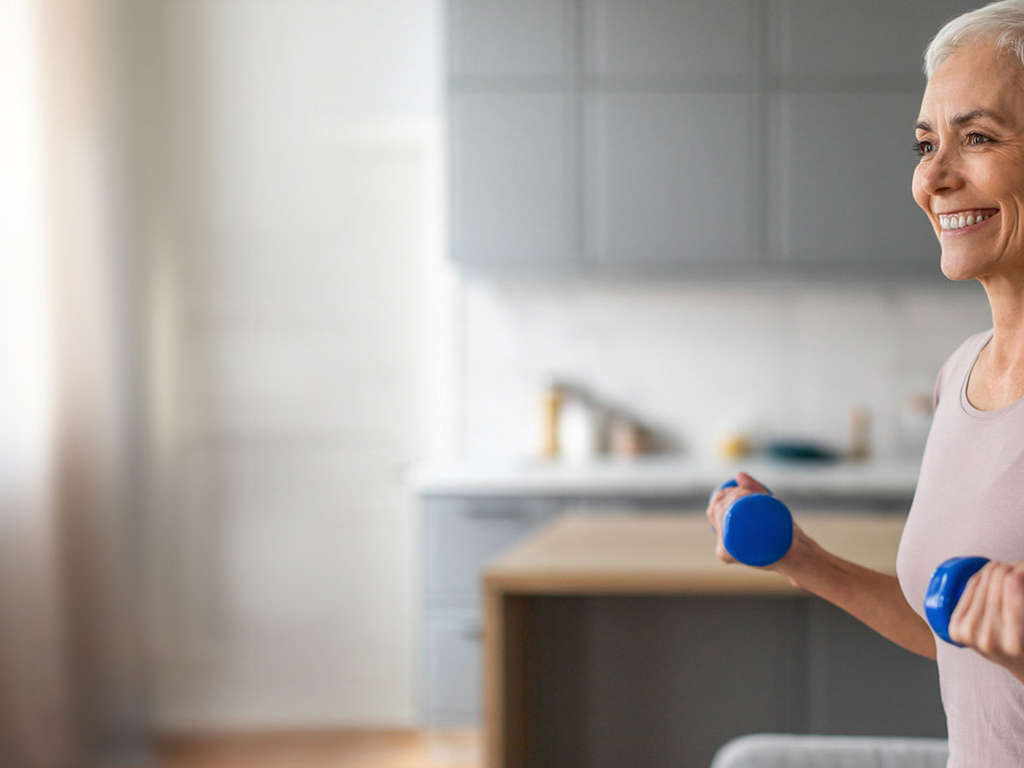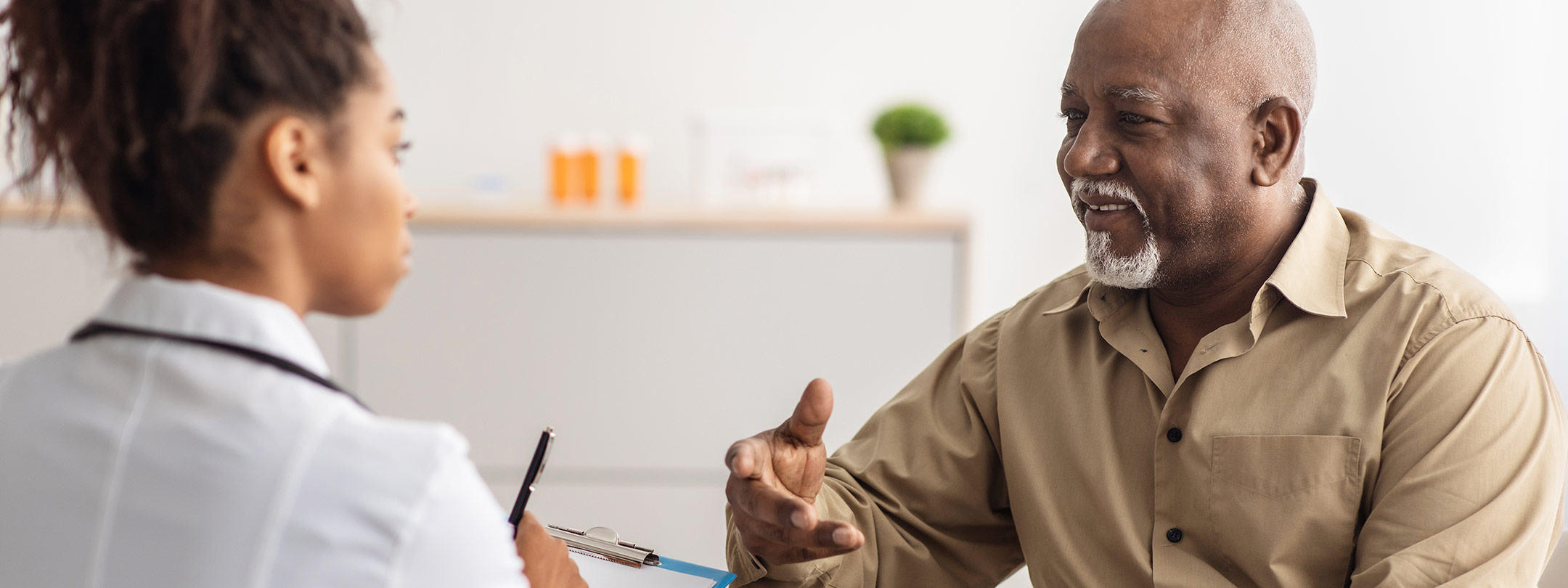When kids fall and scrape a knee, it’s usually not a big deal. All you need to do is clean the wound and they can move on with their game of tag.
When older adults fall, the consequences can be more serious. There are about 1 million fall-related hospitalizations every year in the U.S. The injuries from these types of falls can have a big impact on your life and well-being.
RISK FACTORS FOR FALLS
With age, most people tend to experience muscle loss, slower reflexes and balance issues.
In addition to natural effects of aging, there are several risk factors that may contribute to falls in older adults, like:
- Walking and balance difficulties
- Certain medications that affect balance
- Vision problems
- Lower body weakness
- Vitamin D deficiency
- Foot pain, problems, and poor footwear
- Home hazards
- Urinary incontinence
IDENTIFYING YOUR OWN RISKS
A recent review of several published studies found a strong connection between urinary incontinence and increased fall risk. Your risk factors may be different. That’s why it’s important to take personal inventory of your health and talk to your doctor about your unique risk factors.
The National Council on Aging has a short online quiz you can take to identify your risks and learn about lifestyle changes that can help you stay safe.
FALL PREVENTION TIPS
Here are a few strategies you can use to reduce your risk of tripping or falling:
MOVE MORE
Exercising can make your muscles stronger and improve your balance. The National Library of Medicine recommends several exercises you can do to reduce your risk of falls, like:
- Toe Stands
- Knee Curls
- Leg Extensions
- Walking
- Tai Chi
- Swimming exercises
Remember to check with your doctor before starting any new exercise routines. Each person has different needs and limitations, so it’s important to make sure you’re safe to try something new.
REVIEW YOUR MEDICATIONS WITH YOUR DOCTOR
Have a conversation with your doctor about the medications you take and their side effects. Some prescription medications are linked to falls. The CDC says the following may cause side effects that can lead to falls:
- Anticonvulsants
- Some antidepressants
- Antipsychotics
- Benzodiazepines
- Opioids
- Some sedatives-hypnotics
- Anticholinergics
- Antihistamines
- Medications that change blood pressure
- Muscle relaxants
Not all medications will have the same side effects for every person, so it’s important to talk to your doctor about yours. Do not stop taking your prescribed medications unless directed by your doctor.
CHECK YOUR VISION AND HEARING
Having sharp vision and hearing can make a big difference in preventing falls. If you’re not hearing and seeing well, your balance can be thrown off.
Wear your glasses or contact lenses and hearing aids (if you have them). If you haven’t had a recent checkup, make an appointment with an eye doctor and audiologist to make sure your eyesight and hearing are in tip-top shape.
MAKE YOUR HOME SAFE
Even if you’re in excellent physical shape, hazards in your home can cause you to trip or fall.
Pick up any clutter on the floor, remove small area rugs or throw rugs, and make sure all carpet edges are firmly fastened to the floor.
If possible, it’s wise to install grab bars or handrails throughout the home, especially on both sides of any stairs.
It’s especially important to make sure the lighting in your home is bright and also accessible. Put light switches at both ends of the stairs and long hallways. Plug-in motion-activated lights are a great idea for walkways and stairs.
BE PROACTIVE ABOUT PREVENTING FALLS
By being prepared and learning what you can about fall prevention, you can have more peace of mind.
Talk to your doctor about a fall-risk screening. Together, you can discuss your health, lifestyle, and ways to decrease your fall risk.
There are also fall risk prevention seminars and classes you can take. Your doctor can recommend different courses and connect you with community programs to find support.
TALK TO YOUR DOCTOR ABOUT FALL PREVENTION
Taking steps to prevent falls is a smart and empowering way to stay independent and safe. Schedule a visit with your doctor and come prepared to talk about your mobility, balance, and any recent changes in health. Bring a list of medications, any recent falls or near-falls, and questions you’d like to ask. Here are some to consider:
- Am I at risk for falling?
- Have there been any changes in my strength, balance, or vision I should be concerned about?
- Could any of my medications increase my risk of falling?
- What exercises or programs can help improve my strength and balance?
- Should I be screened for osteoporosis or vitamin D deficiency?
LOWER YOUR FALL RISK
Though it may seem overwhelming to make lots of lifestyle changes, start small! By simply cleaning up one room of your home or making an appointment with your doctor, you’ll be on your way to a safer life.
Select Health members can find a doctor and make an appointment by using the Find Care tool online. You can also call our member advocates to help you find a doctor in your network who can help you address your fall-risk concerns.
Related Articles



